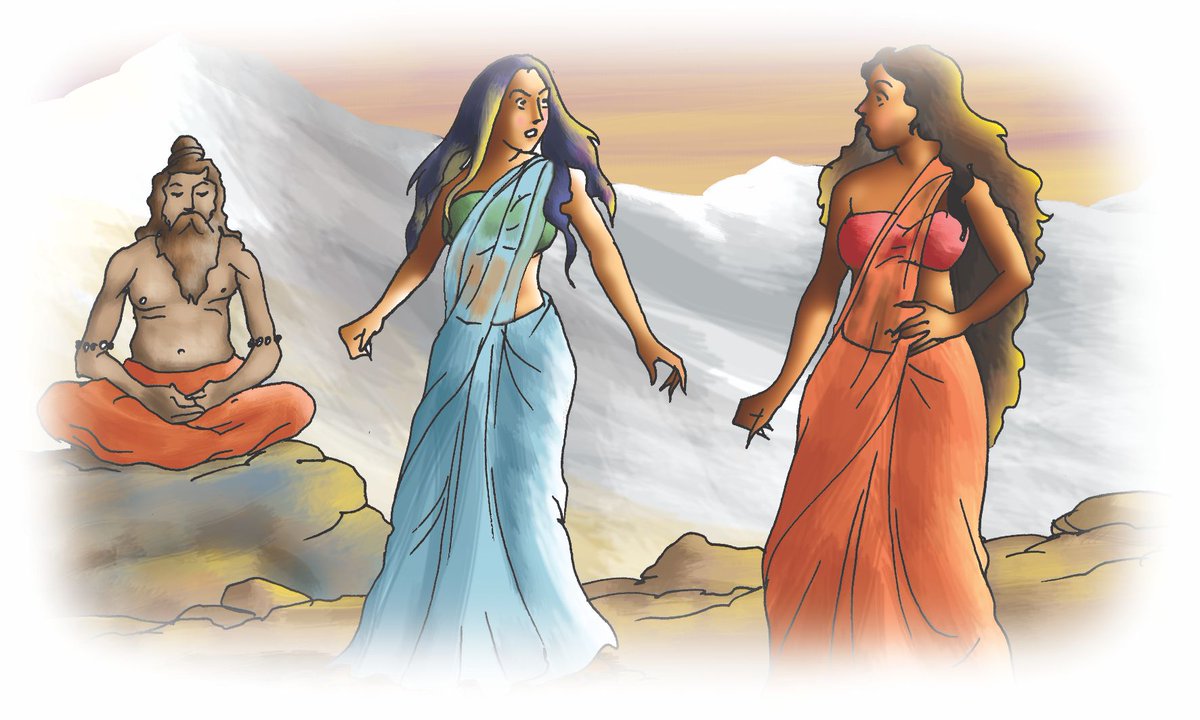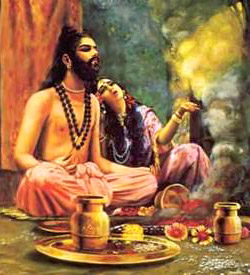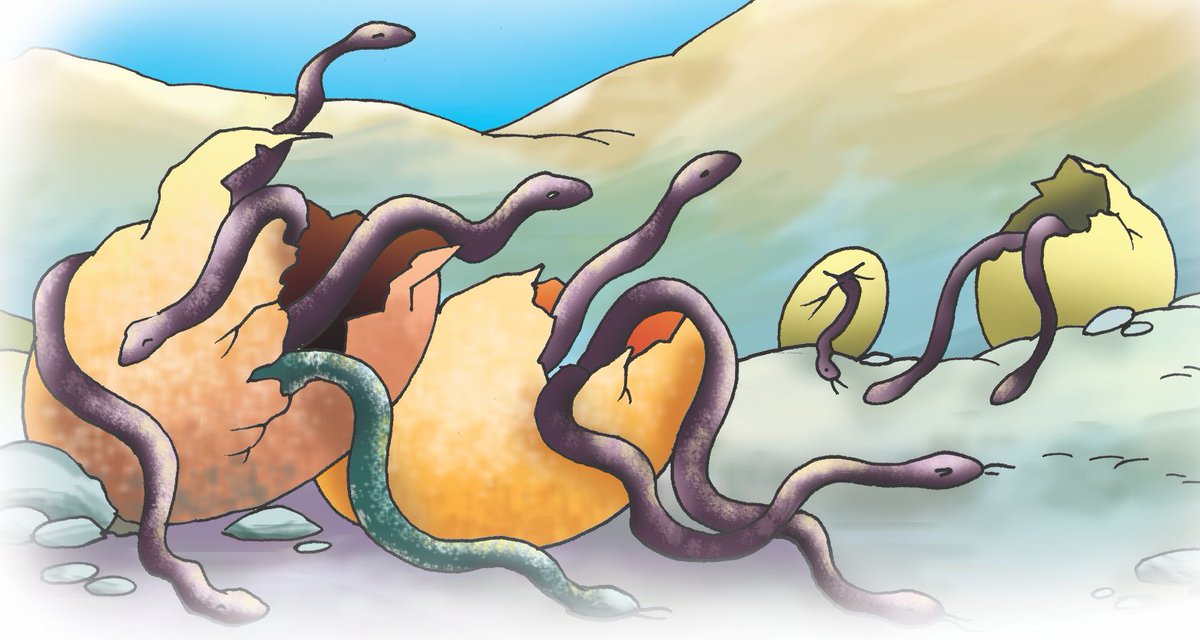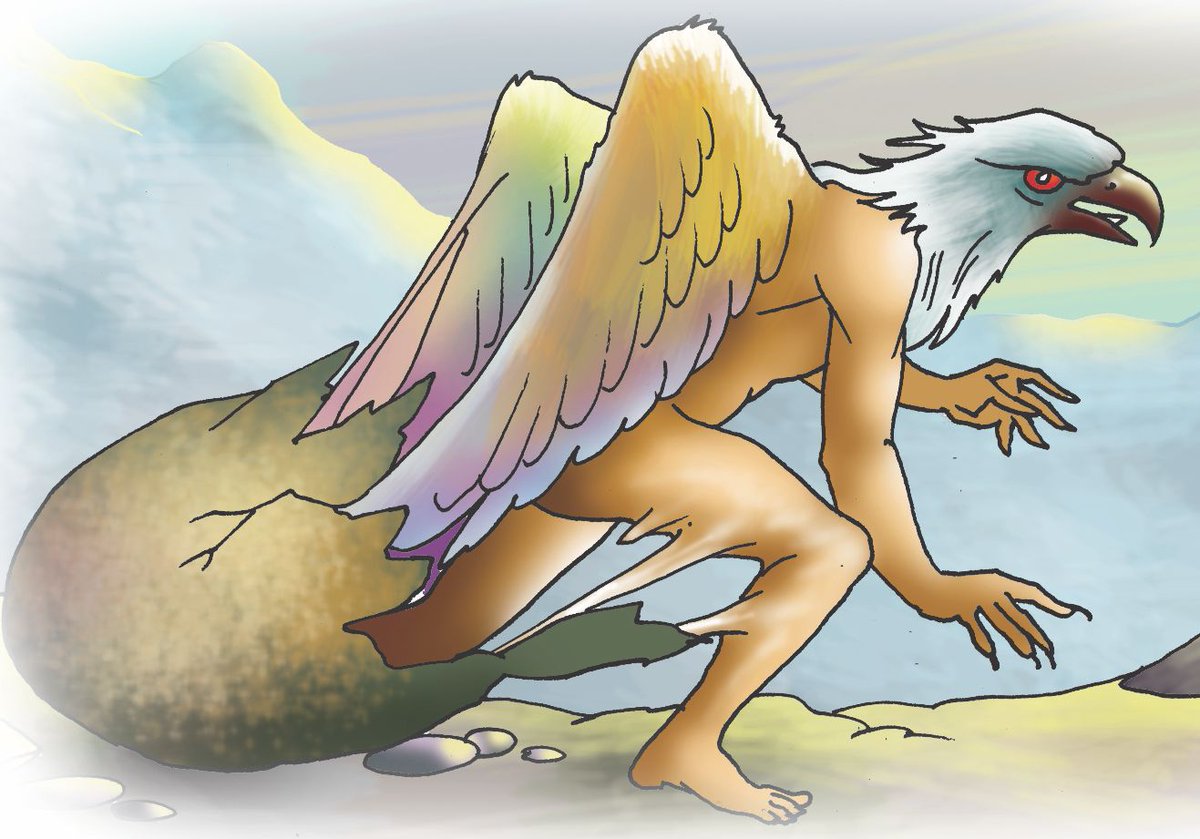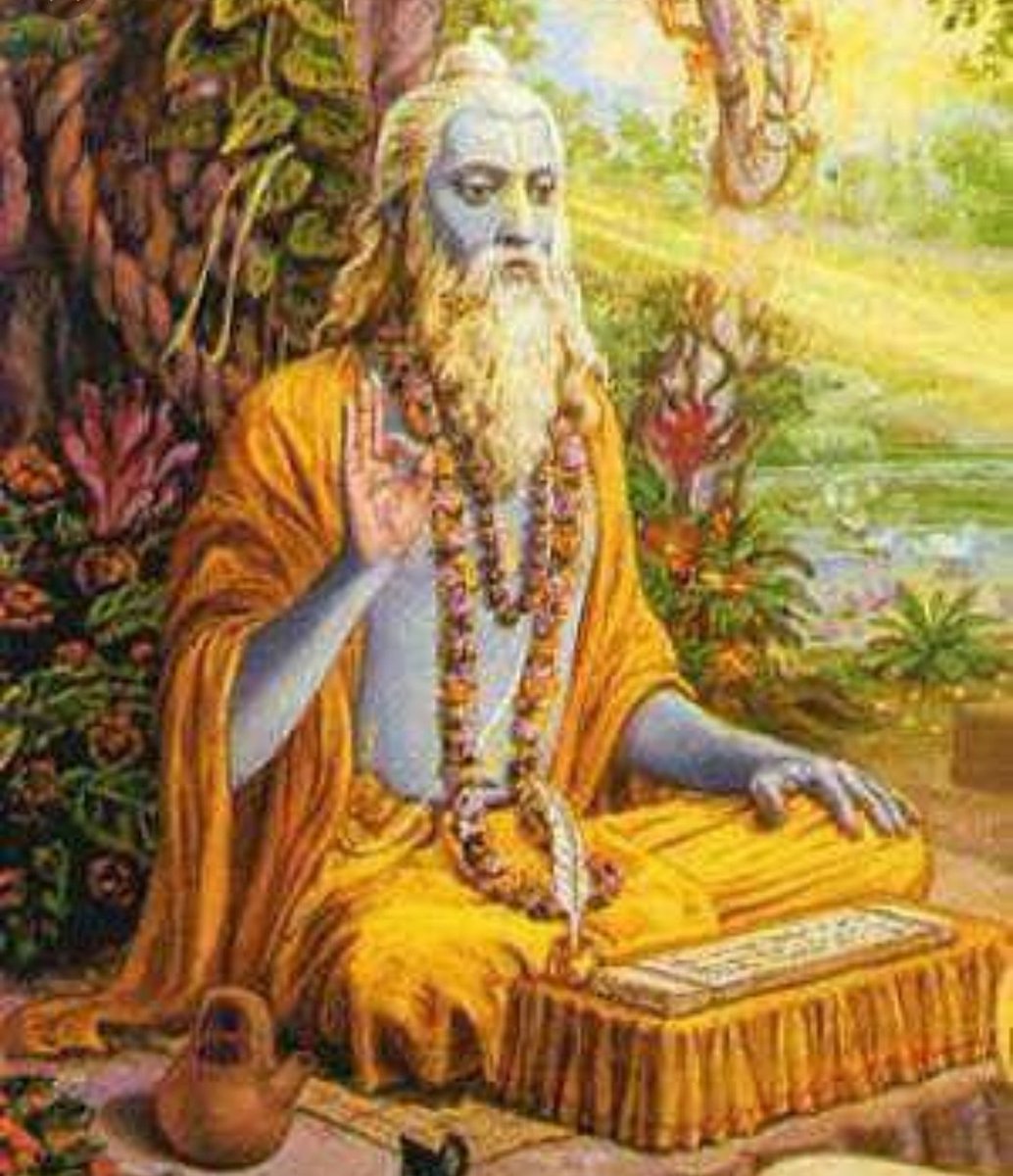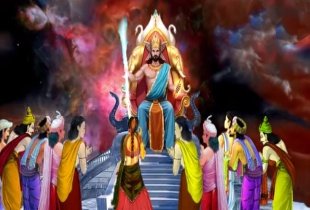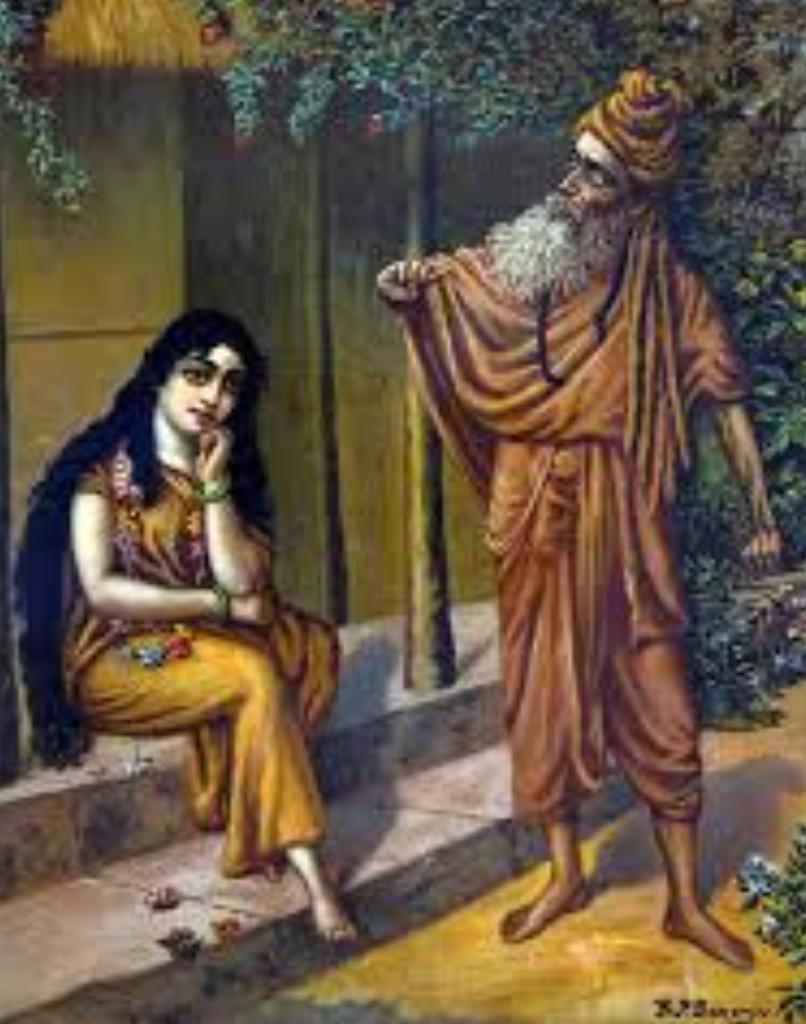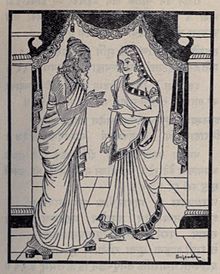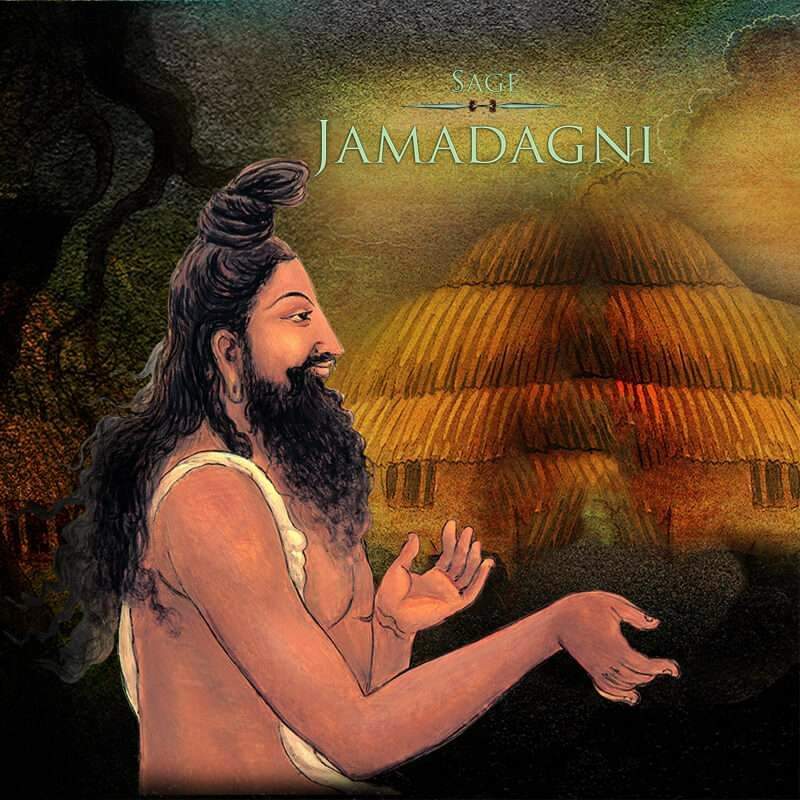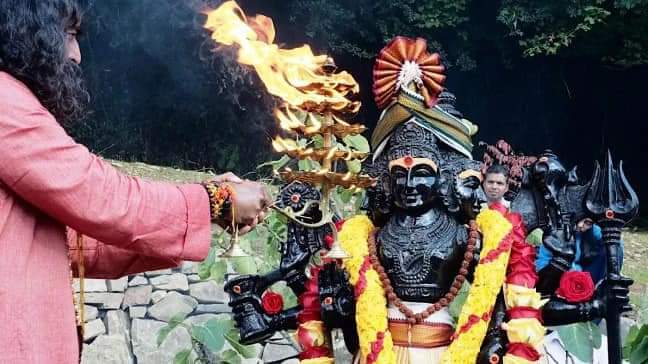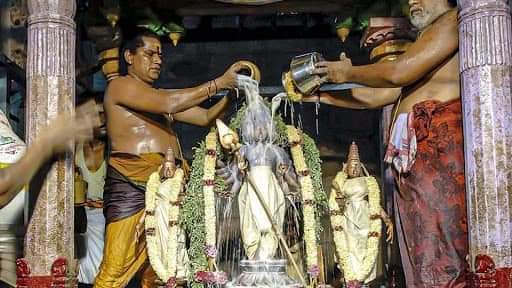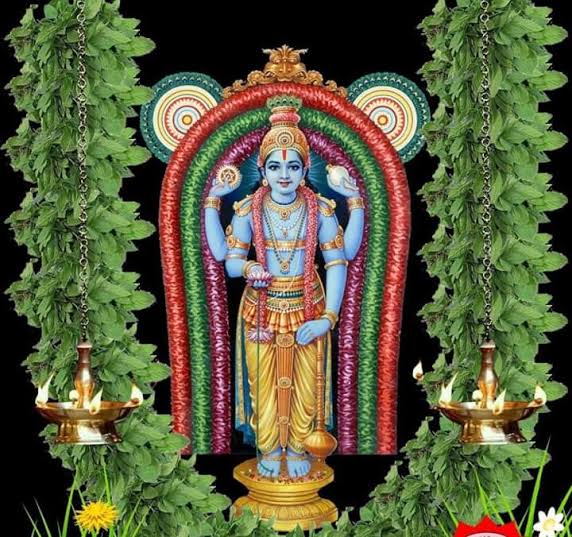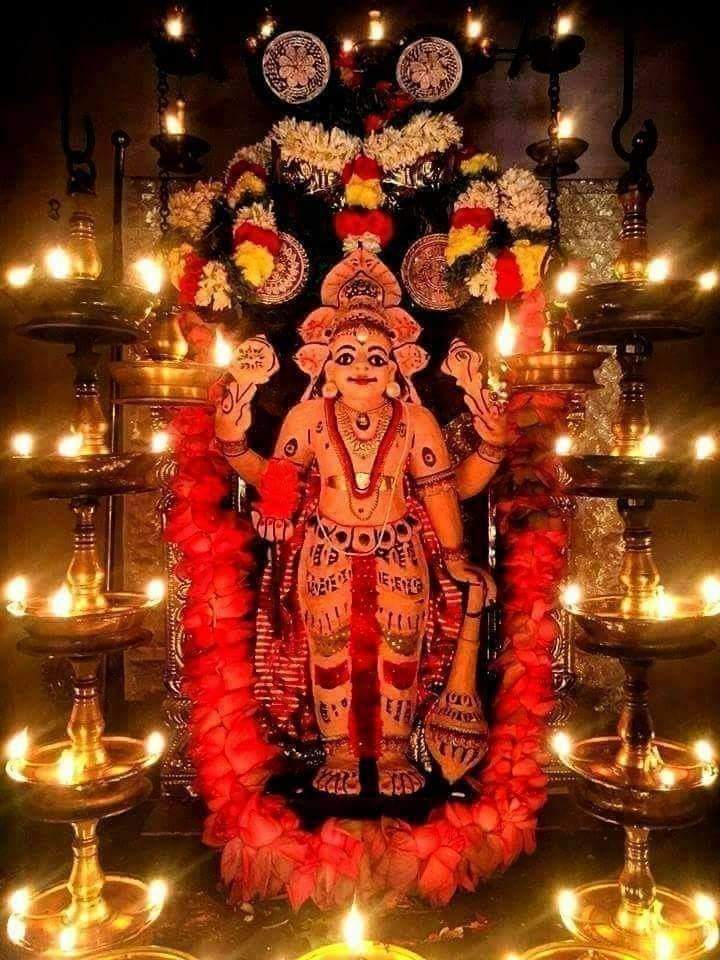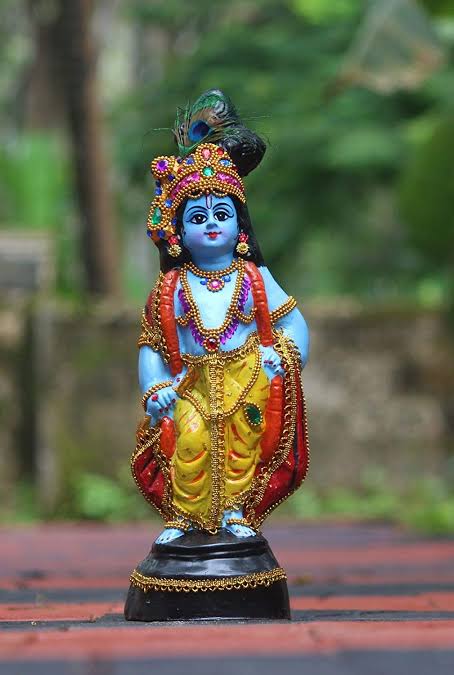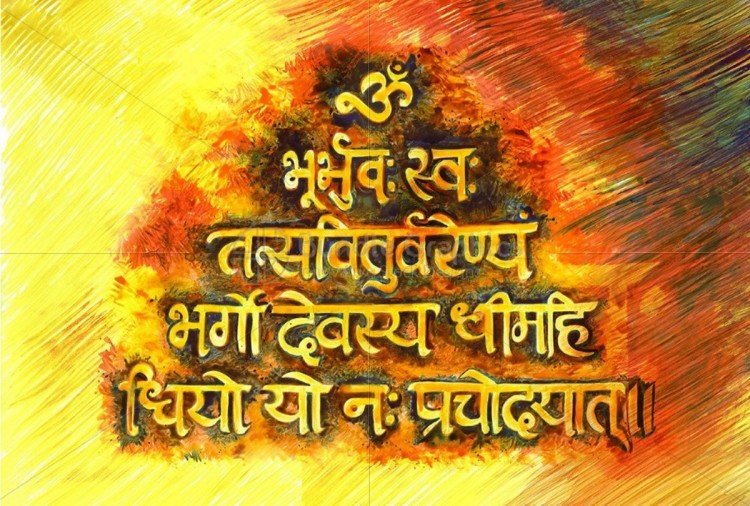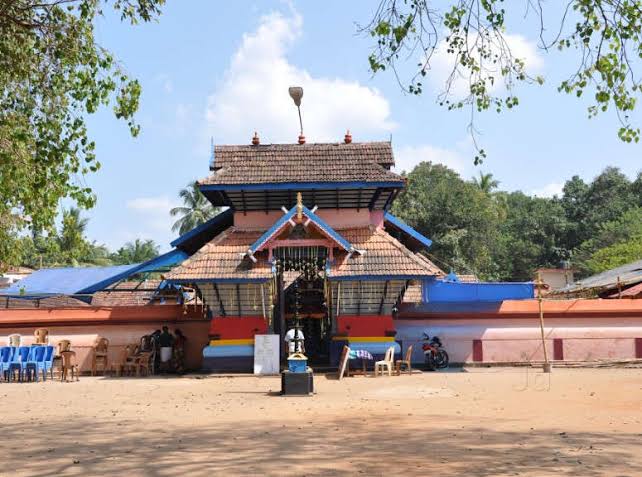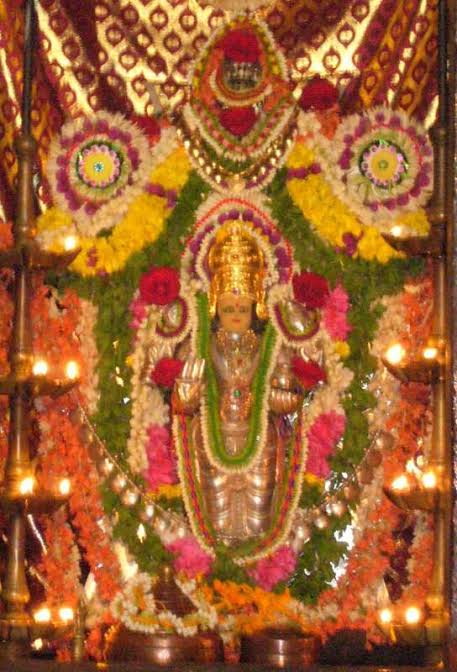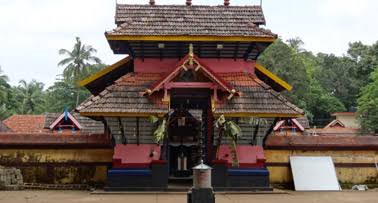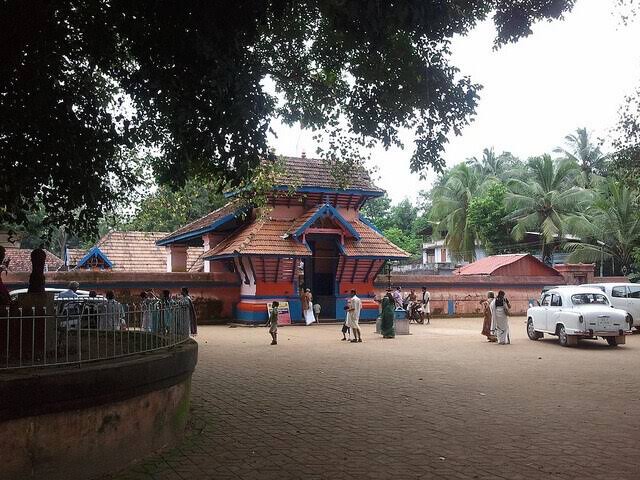
IS THE GREEK HERCULES, INDIAN BALRAMA:The Symbolical and Historical context.
Around 305 BC, the Greek explorer Megasthenes arrived at the court of Indian Emperor Chandragupt Maurya at Pataliputra(present Patna).He came as an ambassador of Seleucus Nicator of Seleucid Dynasty.


Some scholars mentioned that Hercules mentioned by him is indeed Lord Krishna.




The most prominent attribute of Balrama, apart from the club is plough. Balrama is always depicted with a plough.

Both Balrama and Hercules are termed as Gods of Fertility. Both of them were fond of drinking wine.Even temperamentally Balrama & Hercules were similar, both of them had a passionate fiery nature.






In another labor,Hercules killed stamphilian birds who had bronze beak &sharp metallic feathers.

There are many other labors of Hercules which has a striking similarity with the exploits of Krishna.
The similarities in these stories clearly, suggest a common origin.



Mahabharata mentions a Yavana stronghold near Mathura & a Yavana Port city in Southern India.

More from Vibhu Vashisth
More from All
You May Also Like
Nano Course On Python For Trading
==========================
Module 1
Python makes it very easy to analyze and visualize time series data when you’re a beginner. It's easier when you don't have to install python on your PC (that's why it's a nano course, you'll learn python...
... on the go). You will not be required to install python in your PC but you will be using an amazing python editor, Google Colab Visit https://t.co/EZt0agsdlV
This course is for anyone out there who is confused, frustrated, and just wants this python/finance thing to work!
In Module 1 of this Nano course, we will learn about :
# Using Google Colab
# Importing libraries
# Making a Random Time Series of Black Field Research Stock (fictional)
# Using Google Colab
Intro link is here on YT: https://t.co/MqMSDBaQri
Create a new Notebook at https://t.co/EZt0agsdlV and name it AnythingOfYourChoice.ipynb
You got your notebook ready and now the game is on!
You can add code in these cells and add as many cells as you want
# Importing Libraries
Imports are pretty standard, with a few exceptions.
For the most part, you can import your libraries by running the import.
Type this in the first cell you see. You need not worry about what each of these does, we will understand it later.
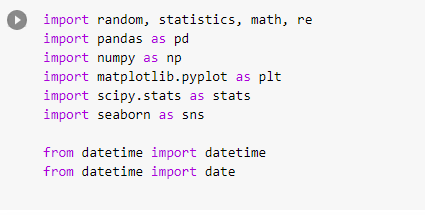
==========================
Module 1
Python makes it very easy to analyze and visualize time series data when you’re a beginner. It's easier when you don't have to install python on your PC (that's why it's a nano course, you'll learn python...
... on the go). You will not be required to install python in your PC but you will be using an amazing python editor, Google Colab Visit https://t.co/EZt0agsdlV
This course is for anyone out there who is confused, frustrated, and just wants this python/finance thing to work!
In Module 1 of this Nano course, we will learn about :
# Using Google Colab
# Importing libraries
# Making a Random Time Series of Black Field Research Stock (fictional)
# Using Google Colab
Intro link is here on YT: https://t.co/MqMSDBaQri
Create a new Notebook at https://t.co/EZt0agsdlV and name it AnythingOfYourChoice.ipynb
You got your notebook ready and now the game is on!
You can add code in these cells and add as many cells as you want
# Importing Libraries
Imports are pretty standard, with a few exceptions.
For the most part, you can import your libraries by running the import.
Type this in the first cell you see. You need not worry about what each of these does, we will understand it later.




